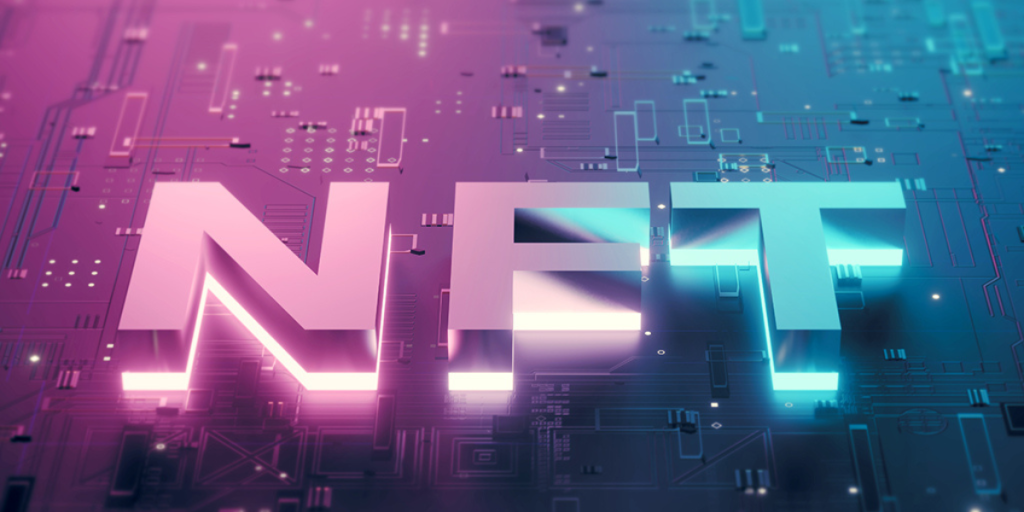What Is An NFT And Nft examples.
NFT stands for “Non-Fungible Token.” It’s a type of digital asset that represents ownership or proof of authenticity of a unique item or piece of content using blockchain technology. Unlike cryptocurrencies such as Bitcoin or Ethereum, which are fungible and can be exchanged on a one-to-one basis, NFTs are non-fungible, meaning each token has distinct properties that make it different and unique from other tokens.

The uniqueness, scarcity, and ownership of these digital assets are verified through blockchain technology, which provides a decentralized and tamper-proof ledger of ownership. Ethereum’s blockchain, in particular, has been widely used for NFTs, although other blockchains like Binance Smart Chain, Flow, and others have also been used for NFT transactions.
NFTs have gained significant attention in various creative industries, including art, music, collectibles, virtual real estate, and more. They enable creators to tokenize their digital creations, such as artwork, music tracks, videos, virtual items in video games, and even tweets, allowing them to be bought, sold, and traded on various online platforms that support NFT transactions.
It’s important to note that owning an NFT doesn’t necessarily grant the buyer copyright or full intellectual property rights to the associated digital content. The creator can choose to retain certain rights, which may vary depending on the terms set when the NFT is created and sold.
NFTs have sparked both excitement and controversy within the art and tech communities. Some view them as a new way for artists and creators to monetize their work and establish direct relationships with their audience, while others criticize the environmental impact of blockchain networks supporting NFTs and question the speculative nature of the market. As with any emerging technology, the NFT space continues to evolve, and its long-term implications are still unfolding.
Nft examples
Certainly, here are some examples of NFTs (Non-Fungible Tokens) and their use cases:
Digital Art NFTs: These are perhaps the most well-known NFTs. Artists create digital artworks, illustrations, animations, and more, and tokenize them as NFTs. Buyers can then own a unique, verifiable digital piece of art.
Collectibles and Trading Cards: NFTs have revived the concept of digital collectibles. CryptoKitties was one of the earliest examples, where users could buy, sell, and breed unique virtual cats. Similarly, sports trading cards and other collectibles have been digitized into NFTs.
Virtual Real Estate: Virtual worlds and metaverses have gained traction. Users can buy and sell virtual land, properties, and buildings as NFTs within these digital environments.
Music and Audio NFTs: Musicians and artists can tokenize their music albums, tracks, and even unique sound clips. This allows for direct ownership and control over the music by the buyer.
Domain Names: Decentralized domains can be purchased as NFTs, allowing for more ownership and control over website domains.
Virtual Fashion: NFTs are used to represent digital fashion items that can be worn in virtual worlds or social media profiles. These items can include digital clothing, accessories, and more.

Digital Landmarks and Monuments: Virtual worlds often have landmarks and monuments that can be owned as NFTs. This could include anything from a virtual Eiffel Tower to a fantastical castle.
Digital Goods in Games: Items within video games can be tokenized as NFTs, allowing players to buy, sell, and trade these items outside of the game’s ecosystem.
Event Tickets: NFTs can represent exclusive event tickets, granting access to virtual events, concerts, conferences, and more.
Artificial Intelligence and Generative Art: Artists use AI algorithms to create unique pieces of art. These generative art pieces are then tokenized as NFTs, allowing collectors to own algorithmically generated art.
Virtual Reality Accessories: NFTs can represent virtual reality accessories, skins, avatars, and other elements that enhance the VR experience.
Digital Comics and Graphic Novels: Comic artists can tokenize their digital comics, providing readers with a new level of ownership and engagement.
Charitable Donations and Social Impact: NFTs can be used to represent donations to charitable causes, providing transparency and traceability for donors.
Authentication and Ownership Proof: NFTs can be used as proof of ownership for physical items like luxury goods, collectibles, and more, reducing the risk of counterfeiting.
These are just a few examples of the diverse applications of NFTs across various industries. NFTs have expanded the possibilities for ownership, value, and creativity in the digital realm.patreon.com/Freecryptos
